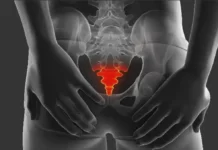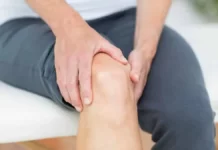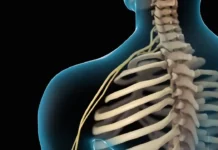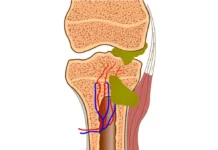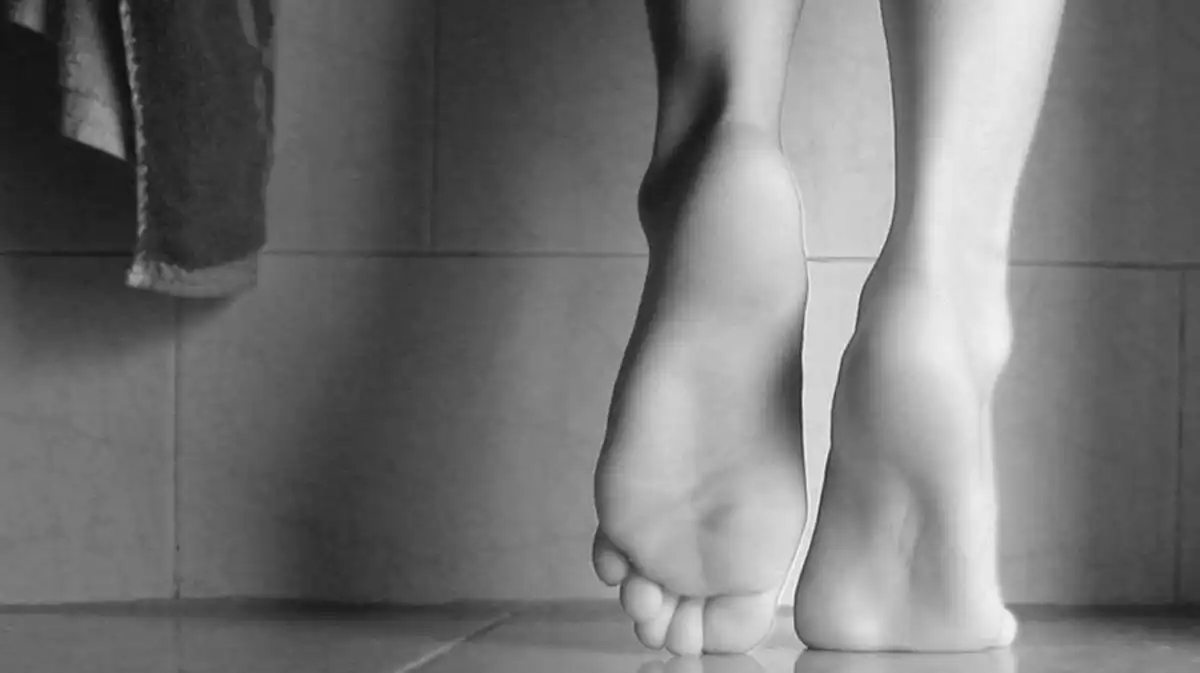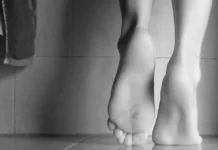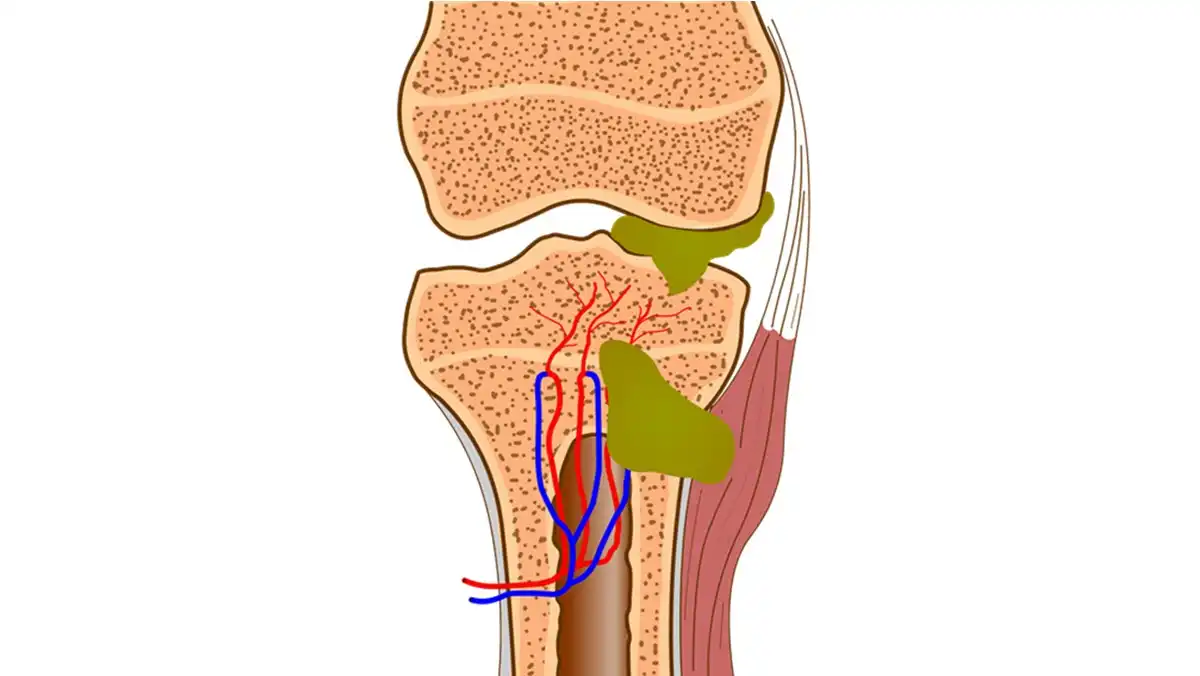Hypermobility is an increased degree of movement at a joint.
Hypermobility and compensatory weakness can be created in the body by soft tissue tension and hypomobility in another location (Greenman, 1989). This is most evident in postural dysfunction. In the spine, a hypermobile joint can be found alongside a hypomobile joint (Neumann, 1989).
- Hypermobility occurs:
- Ectomorph
- A greater proportion of tissues, such as nerves and skin, that are derived from the embryonic ectoderm layer, are linear, delicate, slightly developed and have hypermobile joints (Greenman, 1989).
- Gymnasts and dancers
- Pregnancy
- The hormone relaxin allows the joints and ligaments to become hypermobile to assist in the labour and delivery of the baby.
- Joints remain hypermobile for up to six months after delivery (Braysha ~ Wright, 1994).
- Ectomorph
Risks for those with joint laxity
- Sprains
- Tendonitis
- Osteoarthritis
- Compression neuropathy
- Carpal tunnel syndrome
Conditions that predispose to hypermobility
- Rheumatoid arthritis, a systemic autoimmune disease characterised by inflammation and destruction of connective tissue, leads to hypermobility of affected joints.
- Ehlers-Danlos syndromes are a group of inherited disorders characterised by joint hypermobility, sometimes dislocation, skin hyperextensibility, increased bruising and tissue fragility.
- Marfan syndrome is an inherited disease with elastin fragmentation, resulting in joint hypermobility (dislocation is not common), elongated bones, enlargement of the aorta, mitral valve prolapse and changes in the eye, particularly the lens (Schumacher, 1993). In any of these syndromes, hypermobility increases dramatically after joint injury.
Certain diseases and conditions predispose to hypermobility. Rheumatoid arthritis, a systemic autoimmune disease characterised by inflammation and destruction of connective tissue, leads to hypermobility of affected joints. Ehlers-Danlos syndromes are a group of inherited disorders characterised by joint hypermobility, sometimes dislocation, skin hyperextensibility, increased bruising and tissue fragility. Marfan syndrome is an inherited disorder with elastin fragmentation, resulting in joint hypermobility (dislocation is not common), elongated bones, enlargement of the aorta, mitral valve prolapse, and changes in the eye, particularly the lens (Schumacher, 1993). In any of these syndromes, hypermobility increases dramatically after joint injury.




